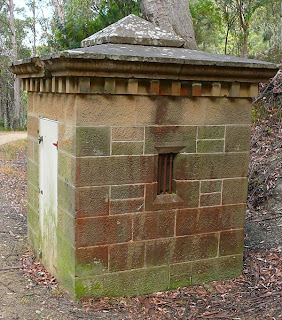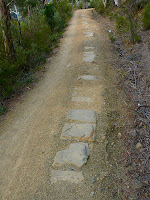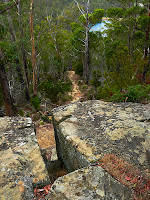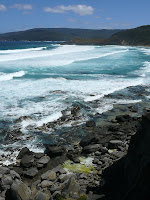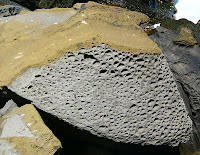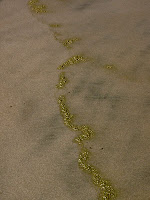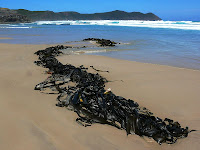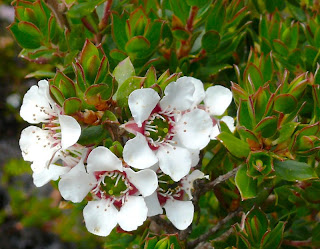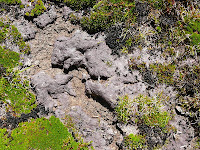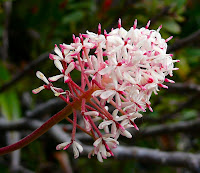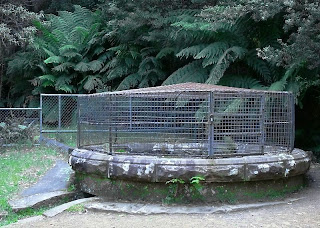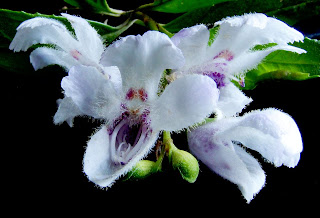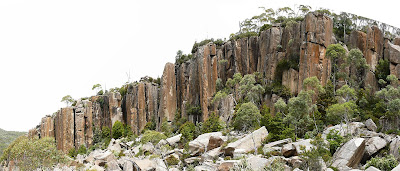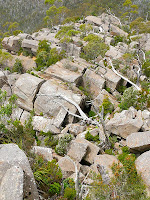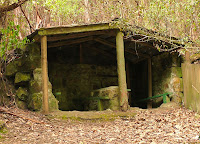 Another quick walk after work tonight to forget about salary budgets. Walked along the Pipeline Track again for a way. Apparently the Ferntree Bower used to be a great beauty spot where people "promenaded". It's a little more modest these days. The nearby sign tells the story:
Another quick walk after work tonight to forget about salary budgets. Walked along the Pipeline Track again for a way. Apparently the Ferntree Bower used to be a great beauty spot where people "promenaded". It's a little more modest these days. The nearby sign tells the story:"When this part of Browns River became known as the Bower (later Fern Tree Bower) in the 1860s, the scene was very different from what it is today. A dam built across the river in 1862 made a pond, around which grew overhanging tree ferns. It bacame the Mountain's most famous beauty spot. people walked (or promenaded) along the track following the water line from the saddle at Fern Tree Inn to the Bower, where they could enjoy a leisurely picnic or a walk upstream to Silver Falls before heading home. Over time, rustic benches, tables and shelters were installed. In 1880 the Bower was the subject of controversy when the Hobart City Council removed trees to allow work to be done on new masonry troughing. The Council pointed out that the Bower was first and foremost a water collection point, but did take steps to lessen the visual impact of the tree removal.

…the sluice house and dam, along with picnic facilities and most of the natural fernery, disappeared in a devastating flash flood in 1960.
From Hobart City Council sign. The Pipeline Interpretation Project. An initiative of the Fern Tree Community Association, supported by the Hobart City Council. Original research by Lindy Scripps.
 Plaque at
Plaque at
"FERN TREE BOWER
These inscribed stones were salvaged from the original water tower erected in 1861 and destroyed by the Great Flood of 23rd April 1960. This tablet is erected by the Hobart City Council to commemorate its rehabilitation in 1961."
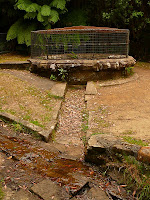 This is a better picture of the "Wishing Well" a little further along the Pipeline Track.
This is a better picture of the "Wishing Well" a little further along the Pipeline Track.
